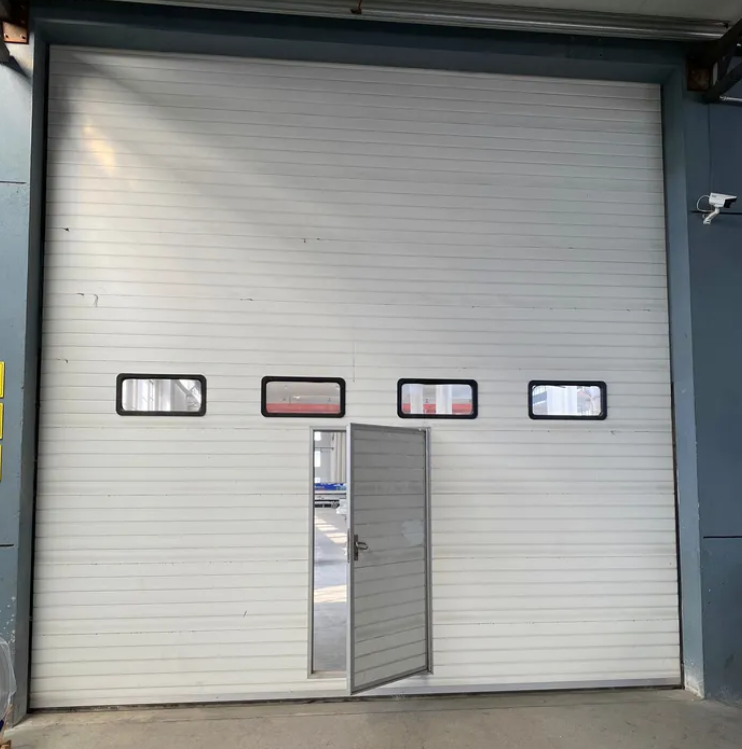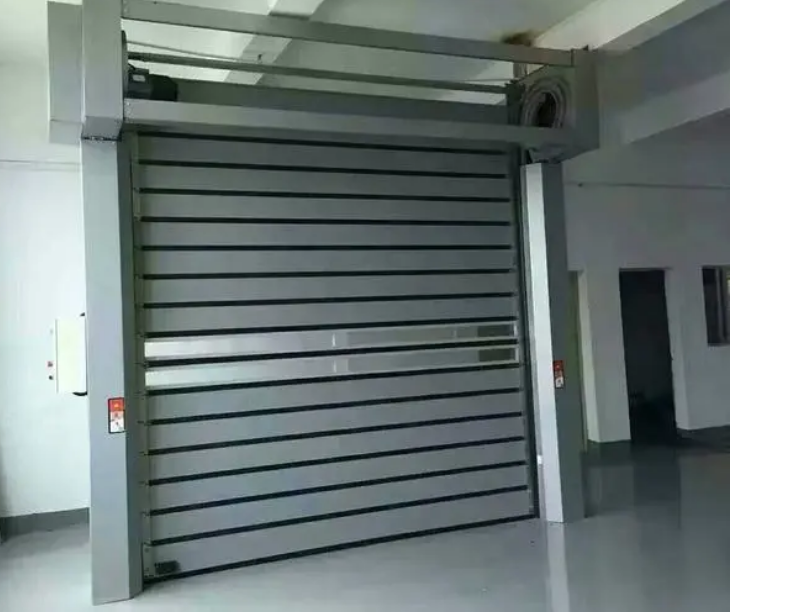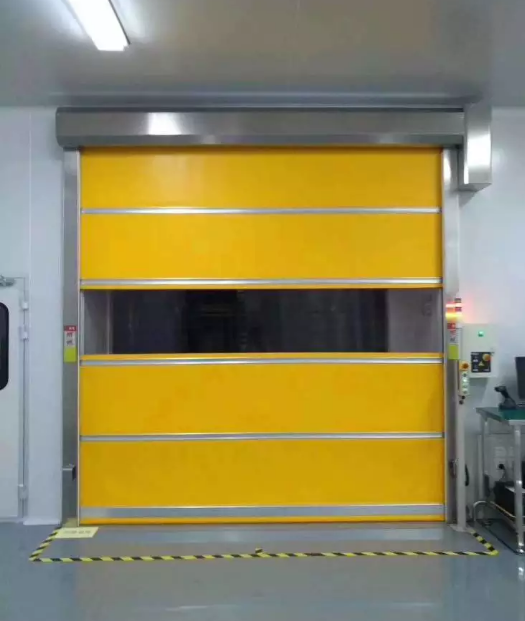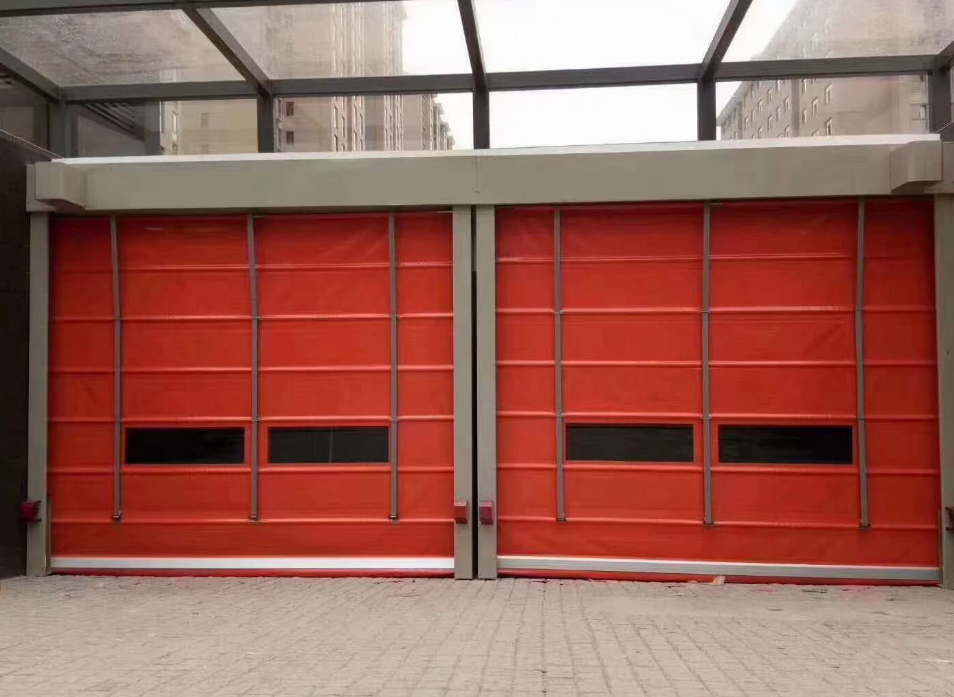
Industrial doors play a critical role in maintaining safety, security, and efficiency within manufacturing facilities, warehouses, and other industrial settings. These doors serve a wide range of purposes, from providing access for vehicles and personnel to controlling temperature, noise, and air pollution. In this article, we will explore various types of industrial doors, including sectional doors, roller shutters, high-speed doors, and folding doors, detailing their unique features and benefits.
1. Sectional Doors:
Sectional doors are composed of panel sections that are connected by hinges, allowing them to bend as the door is raised or lowered. This design provides significant benefits, such as space optimization, insulation, and ease of operation. These doors are available in a variety of materials, including steel and aluminum, each offering different levels of durability, insulation, and resistance to environmental conditions.
When closed, sectional doors create a secure barrier against unauthorized access, helping to protect valuable assets within industrial premises. Their insulation properties can also help maintain consistent temperatures, reduce energy consumption, and minimize noise pollution.

2. Roller Shutters:
Roller shutters are popular choices for industrial facilities that require physical security and efficient use of space. They consist of horizontal slats that are interlocked and mounted onto a vertical track system. Roller shutters are renowned for their strength, durability, and ability to withstand extreme weather conditions.
These doors are customized depending on the specific security requirements of the facility. They can be operated manually or motorized for ease of use, and optional features like security locks and access control systems enhance their effectiveness in providing protection against unwanted intrusion.

3. High-Speed Doors:
High-speed doors are designed for areas with high traffic flow, such as logistics centers and warehouses. In comparison to traditional doors, high-speed doors operate at significantly faster speeds, reducing waiting times, optimizing workflow, and increasing energy efficiency. These doors are constructed with durable materials, like PVC or fabric, and equipped with advanced safety sensors to prevent accidents and collisions.
The high-speed operation minimizes air exchange between different areas of facilities, maintaining temperature control and maximizing energy conservation. Additionally, these doors contribute to a cleaner environment by preventing the spread of dust, dirt, and pests.

4. Folding Doors:
Folding doors, also known as accordion doors or bi-fold doors, consist of multiple hinged panels that can be folded compactly to one side when opened. Folding doors are versatile and can be easily customized to fit different sizes and configurations. They are commonly used in areas with limited space or where quick access is required, such as loading docks and emergency exits.
These doors are durable, offer good security, and require minimal maintenance. Their space-saving capabilities make them an excellent solution for industrial spaces that require frequent opening and closing.

Conclusion:
Industrial doors are integral to the smooth operation and safety of manufacturing facilities, warehouses, and industrial settings. Choosing the right type of industrial door depends on various factors, such as security requirements, space limitations, and traffic flow.
Sectional doors provide insulation, security, and ease of operation, while roller shutters offer exceptional physical protection against unauthorized access. High-speed doors optimize workflow, increase energy efficiency, and maintain controlled environments. Finally, folding doors are ideal for areas with limited space or quick access needs.
Understanding the features and benefits of each type of industrial door empowers businesses to make informed decisions that result in enhanced safety, security, and efficiency within their industrial operations.
Company Name:Shanghai Honwei Automation Co., Ltd. HITCH (SHANGHAI) IMPORT& EXPORT CO., LTD.
Name: Lucky Gao
Mobile:15901664615
Tel:+86 21 61767181
Whatsapp:+8615901664615
Email:info@highspeeddoor.cn
Email:kevin.jiang@powever.com.cn
Add:Room 301-302, Building 1, No. 1355, Chengbei Road, Jiading District, Shanghai
Post code:201800